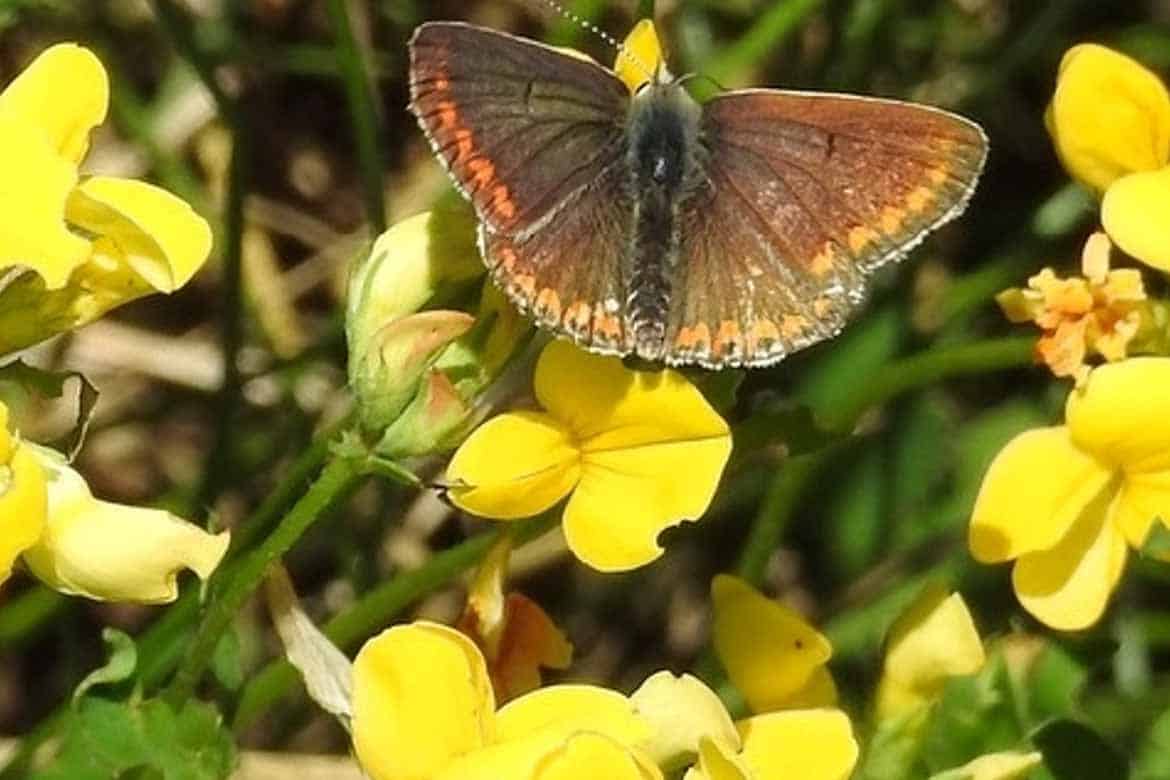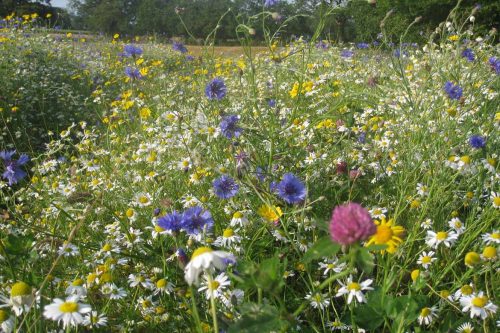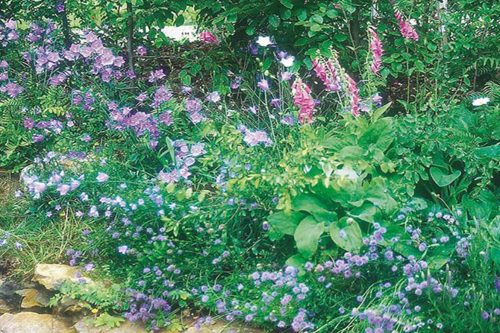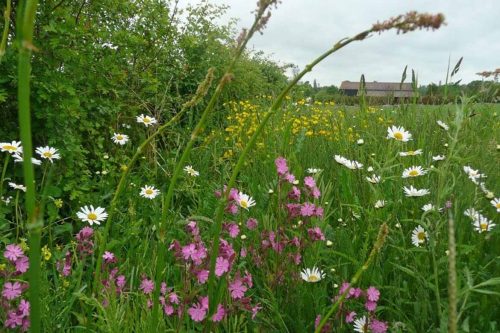100% BRITISH LOW GROWING Wildflowers
Contains a blend of twenty low growing wildflower species, including Forget Me Not, Yellow Rattle, Cowslip, Bladder campion and Ragged Robin. Specifically Formulated to contain only lower growing species, ideal for areas where it is import not to restrict visibility and maintain safety on roundabouts. perfrct for garden borders, parish council churches and woodland walks. 100% Native British Flora.
Sow @ 4g/m2
100% BRITISH LOW GROWING Wildflowers
| Bedstraw, Lady’s |
| Black Medick |
| Burnet, Salad |
| Campion, Bladder |
| Carrot, Wild |
| Cat’s-ear, Common |
| Cornflower |
| Cowslip |
| Forget-me-not, Field |
| Hawkbit, Autumn |
| Hawkbit, Rough |
| Plantain, Hoary |
| Ragged Robin |
| Self-heal |
| Sorrel, Sheep’s |
| Toadflax, Common |
| Trefoil, Bird’s-foot |
| Vetch, Kidney |
| Yarrow |
| Yellow-rattle |
Why Sow Wildflowers
Wildflowers are a very important part of our everyday life providing a rich, colourful, and diverse ecological habitat for many insects and wildlife. They also offer great aesthetic value to enhance the natural beauty of the British countryside, motorway networks, parkland, and gardens.
Over the past 50 years, the number of traditional wildflower meadows has dramatically declined which has resulted in a noted decrease of British Insects. For pollination to take place, we need the ideal flowers to attract those all-important bees, ensuring plants become fertilised and reproduce.
Idealseed mixtures contain high proportions of recommended of NATIVE WILDFLOWERS on the Royal Horticultural Society’s list of plants which are ‘Perfect Pollinators’.
Native Wildflowers are important to all of us
The rich and varied wildflower species suited to our climate provides a flowering period from spring through to autumn creating a colourful environment whilst providing a vital habitat for wildlife.
Golf Courses:
Golf Courses can provide excellent habitats for wildflowers as part of a low maintenance scheme which can improve the biodiversity on the course.
Highways, Embankments and Verges:
Road highways are also very important locations to establish wildflowers as they provide areas for insects and wildlife while requiring low maintenance compared to 100% grass swards.
Agricultural land:
Farmers and landowners are now being encouraged to establish field margins and new areas of wild flowers which will help populations of butterflies, bees and other insects increase. This also provides habitats for game birds and other wildlife our Cornfield annual produces a brilliant display of flowers in the first summer following sowing.
PREPARATION and ESTABLISHMENT
Remove all existing weeds, if necessary, use weed killer, only sow four weeks after applying.
If the area has been overgrown with weeds for several years, it is important to reduce the number of weed seeds in the soil, it may be necessary therefore to allow time for the first flush of weeds to germinate then remove before attempting to sow any wildflowers.
Wildflowers prefer a poor soil with low nutrients, so remember not to apply fertiliser.
Once the weeds have been removed prepare soil to a fine tilth for sowing your wildflowers.
Try not to disturb the soil any further as this may bring more weed seeds to the surface.
Choose a wildflower mixture suitable for your soil conditions, if uncertain, remember to think what your soil is like during the growing period from March – October (most soils during the winter can be heavy and wet).
Sowing times can be any time during the period end-March – end October the ideal time being autumn but avoid the hot summer months.
Sow seed at 4g/m2, it should not be necessary to rake the seed over as the light helps germination on many species.
To assist sowing, it is advisable to mix the wildflower seed in the bag prior to sowing, small seed will always travel to the bottom of the bag.). This will help distribute the seed mixture.
The nurse grasses will appear within 7 – 10 days; the wildflowers may vary depending upon species – some may take only a few weeks, while others can take several months.
Cornfield Annuals flower the same year if sown during the spring or the previous autumn.
Perennial wildflowers will establish during the first year of sowing and flower in year two.
Sowing Rate: 4g/m2







Reviews
There are no reviews yet.